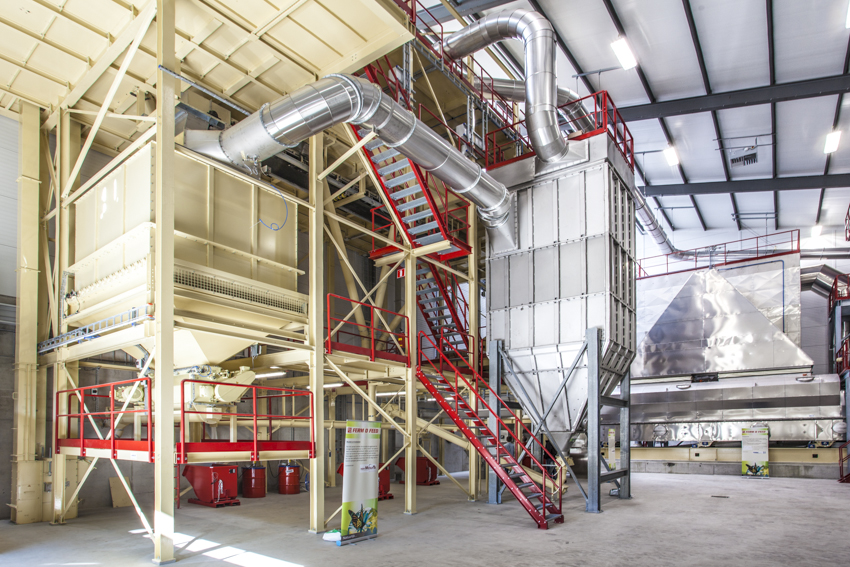The GREEN Circular Process
Circular’s Green Processing Philosophy
Circular strictly uses the elements of the earth and the science it has developed to recycle waste to nutrients and energy. The biomass, also called vegetation or plant residues, with which we work as a company, contains only “residual products” of organic matter. This means that Circular only processes organic material which can no longer be used for human or animal nutrition.
Science tells us that the sun causes the growth of carbon particles (chemical element “C”) in our vegetation and the growth of organic matter:
- The sun is our only source of energy on earth.
- A plant is made up of a combination of organic matter and water. The organic material (or humus) is in turn made up of carbon compounds and minerals.
- The basic elements a plant needs to live and grow are sunlight, CO2 and water, the three elements that play a leading role in photosynthesis. In addition, the plant also uses all kinds of minerals that should be present in the soil and nitrogen from the air.
At the Circular plants, our process calls for biological treatment at our biomass plant in a fermentation process, an accelerated natural phenomenon, in which anaerobic bacteria eat and convert the organic matter (excretion) into methane gas (chemical element “CH4”) and carbon dioxide gas (chemical element “CO2”).
- The carbon dioxide is used gaseously via the air as a basic growth element for the vegetation. (Circular)
- The methane gas is burned in a CHP combustion plant, converting the carbon element (C) from CH4 into green electricity and green heat.
- The water particles (-H4) evaporate in the air and are used again in the form of rain as a basic growth element for the vegetation. (Circular)


Circular Plants and Installation Requirements
The Circular installations consist of the following basic elements:
- Reactor tanks: where the fermentation process takes place in a liquid homogeneous mass with invisible anaerobic bacteria.
- Food kitchen: where the biomass (vegetation) is stored, pre-processed and systematically transported to the reactor tanks.
- CHP internal combustion engines: to burn the extracted methane gas from the reactors and by means of this, an associated generator produces electricity which is 42% of the methane energy. A production share of 95% of the electricity is then injected into the electricity grid. The remaining 58% of the methane energy used is used in the form of heat in the dryer plant to upgrade the depleted biomass. A production share of 50% of the heat is injected into the heat grid.
- Pallet machines: The dried fraction is then processed by a pallet machine to make granules from it.
- Transportation: The granules are transported for the pasteurization process to kill all bacteria and offer a hygienic, sterile and pure product.
- Packaging: The pasteurized granules are packed by packaging machines according to the customer’s demand.

